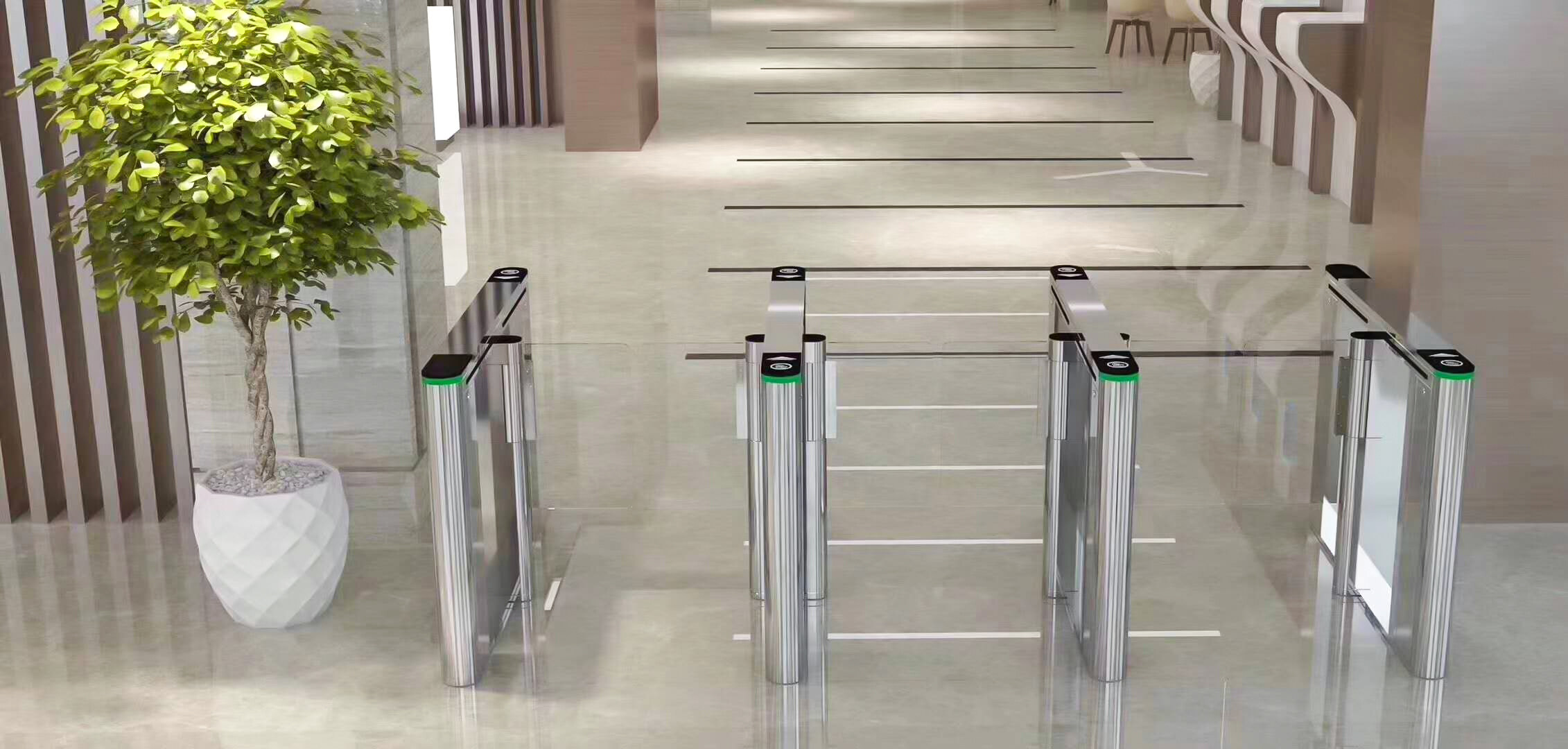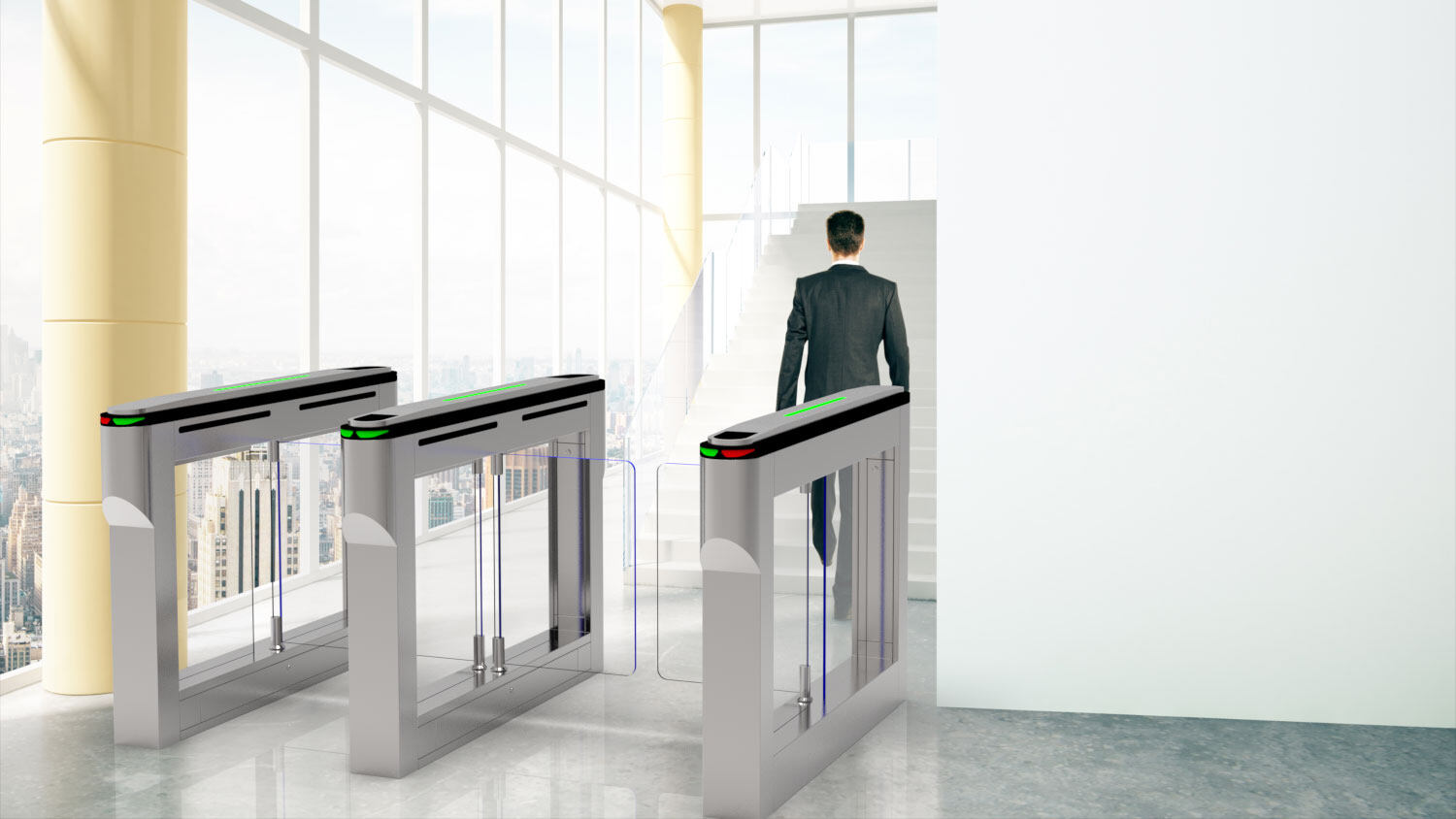Email format error
Email cannot be empty
Email already exists
6-20 characters(letters plus numbers only)
The password is inconsistent
Email format error
Email cannot be empty
Email does not exist
6-20 characters(letters plus numbers only)
The password is inconsistent


In the bustling urban landscapes of modern cities, one might encounter a myriad of security and access control systems designed to manage and streamline pedestrian traffic. Among these systems, sliding turnstiles stand out for their sleek design and efficiency. As a pivotal element in access control technology, the role of a sliding turnstile manufacturer is crucial in ensuring that these systems operate smoothly and meet the evolving demands of security and convenience.
Access control systems have come a long way from their rudimentary beginnings. Historically, securing entrances and managing foot traffic involved simple locks and gates. However, as urbanization accelerated and the need for more sophisticated security measures grew, these basic systems evolved into more advanced technologies.
The sliding turnstile, a significant advancement in this field, offers a blend of security and convenience. Unlike traditional rotary turnstiles, which require a physical rotation, sliding turnstiles operate on a horizontal sliding mechanism. This innovation not only enhances the flow of people but also provides a more seamless and modern approach to access control.
Sliding turnstiles are designed with a motorized sliding gate that opens and closes horizontally. When an authorized individual presents a valid access credential, such as a card or biometric scan, the system activates the sliding mechanism. The gate smoothly slides open, allowing the person to pass through before closing securely behind them.
This sliding mechanism offers several advantages over other types of turnstiles. For one, it reduces the physical effort required to operate the turnstile, which is particularly beneficial in high-traffic areas. Additionally, the horizontal sliding motion minimizes the space required for operation, making it ideal for locations where space is limited.
The role of a sliding turnstile manufacturer is multifaceted. These manufacturers are responsible for designing, producing, and maintaining the turnstile systems that are integral to various settings, from office buildings to public transport hubs. Their work involves a deep understanding of both mechanical engineering and electronic systems.
1. Design and Innovation
Design is a critical aspect of a sliding turnstile manufacturer’s role. The design process involves creating turnstiles that are not only functional but also aesthetically pleasing. Manufacturers must balance form and function, ensuring that the turnstiles complement the architecture of the installation site while providing reliable security features.
Innovation is also key. With advancements in technology, manufacturers continuously seek to incorporate the latest developments, such as improved sensor technology, enhanced durability, and integration with smart building systems. This ongoing innovation ensures that sliding turnstiles remain at the forefront of access control technology.
2. Production and Quality Control
Once a design is finalized, the manufacturing process begins. This involves sourcing high-quality materials and utilizing advanced production techniques to create turnstiles that meet stringent quality standards. Quality control is crucial, as even minor defects can impact the turnstile’s performance and longevity. Manufacturers often implement rigorous testing procedures to ensure that each unit functions correctly and meets safety standards.
3. Installation and Support
The work of a sliding turnstile manufacturer doesn’t end with production. Installation is a critical phase, requiring precise alignment and calibration to ensure optimal performance. Manufacturers often provide installation services or collaborate with professional installers to guarantee that the turnstiles are set up correctly.
Post-installation support is also a key aspect of a manufacturer’s responsibilities. Regular maintenance and prompt repair services are essential to keep the turnstiles functioning smoothly. Manufacturers often offer maintenance contracts or service agreements to ensure ongoing support for their clients.
Sliding turnstiles are versatile and can be found in a variety of settings:
Public Transportation: In metro stations and bus terminals, sliding turnstiles manage the flow of passengers and streamline access to platforms and ticket areas.
Corporate Offices: In office buildings, sliding turnstiles are used to control access to secure areas, ensuring that only authorized employees can enter sensitive zones.
Event Venues: At concert halls, sports arenas, and convention centers, sliding turnstiles help manage large crowds and facilitate quick entry and exit.
Educational Institutions: Schools and universities use sliding turnstiles to regulate access to buildings and secure areas, enhancing campus safety.
Looking ahead, several trends are shaping the future of sliding turnstile technology. One significant trend is the integration of biometric systems, such as facial recognition and fingerprint scanning, which offer enhanced security and convenience. Additionally, the rise of smart building technologies is driving the development of turnstiles that can communicate with other systems, such as building management systems and emergency response systems.
Another trend is the focus on sustainability. Manufacturers are increasingly adopting eco-friendly practices and materials to reduce the environmental impact of their products. This includes using energy-efficient components and recyclable materials in the production process.
Sliding turnstiles represent a fascinating intersection of technology and design, offering both functionality and style in access control systems. The role of a sliding turnstile manufacturer is essential in bringing these systems to life, from design and production to installation and support. As technology continues to evolve, sliding turnstile manufacturers will play a crucial role in shaping the future of access control, ensuring that these systems remain effective, efficient, and aligned with the needs of modern society.
In a world where security and convenience are paramount, sliding turnstiles stand out as a testament to the innovative spirit of the industry, providing a seamless solution for managing pedestrian traffic and enhancing safety in diverse environments.